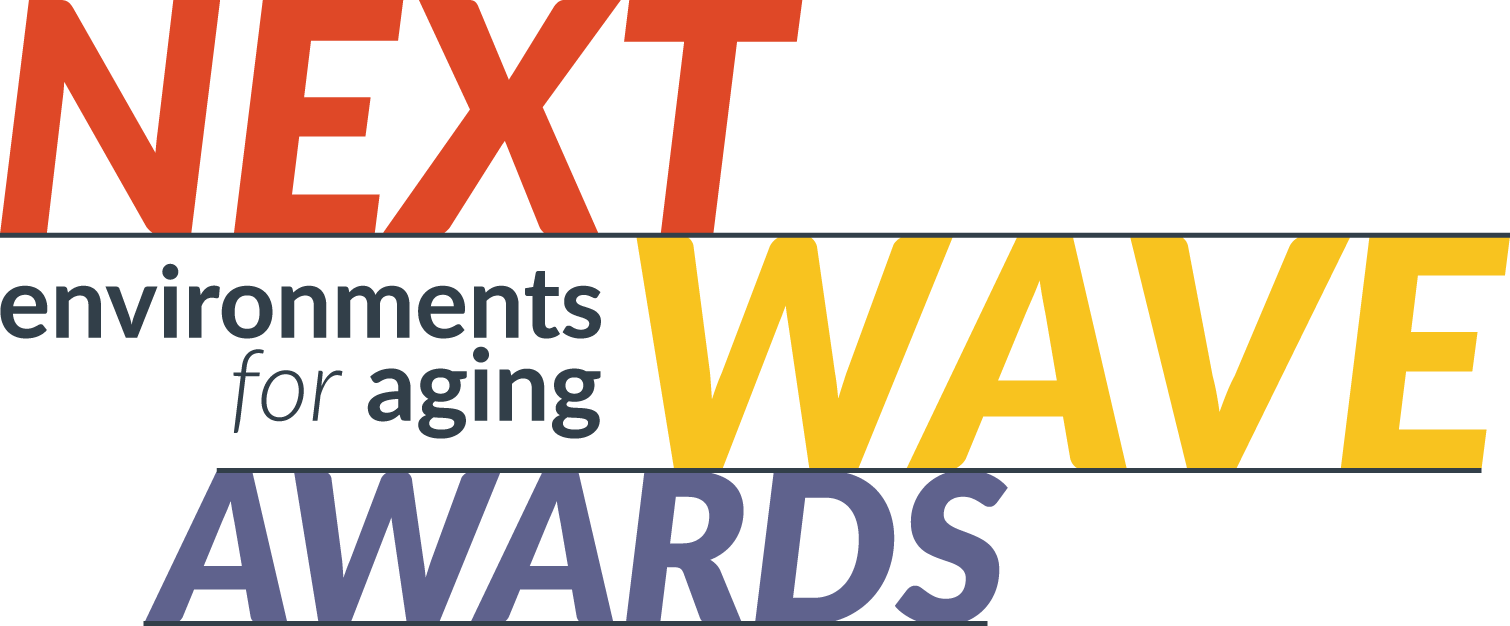The 2024 Environments for Aging Conference + Expo, held April 13-16 in Atlanta, will feature a variety of keynote and breakout sessions.
Environments for Aging is previewing some of the upcoming educational sessions in a series of Q+As with speakers, sharing what they plan to discuss and key takeaways they’ll offer attendees.
Session: “Does a Wellness Certification “Fitwel” with Your Senior Living Community.”
Speakers: Kaitlin Veenstra, associate director of architecture – sustainability, Ryan A+E Inc.; Amy Sullivan, designer, Ryan A+E Inc.; and Lauren DePoint, Ryan Companies US Inc.
As more designers and operators of senior living communities seek to offer residents the best quality of care, comfort, and lifestyle in their environments, they’re turning to emerging certification systems like Fitwel.
In this session, the speakers will discuss different sustainability and wellness certification systems available for the design of senior living projects and the key features of each; how Fitwel can provide a framework to guide the implementation of wellness-related design strategies; and how wellness certifications can have a positive impact on operations and community brand, including a case study of Clarendale of Franklin, a transitional care senior living community in Franklin, Tenn.
Environments for Aging: What’s driving the desire for more wellness-related design strategies in senior living communities?

Kaitlin Veenstra (Image credit: Ryan A+E Inc.)
Kaitlin Veenstra: Many of our operating partners have wellness as a core value because prospective residents and their families are prioritizing it when they’re choosing a new community to call home. Our operating partners learned what families previously considered a perk, such as having programs that address wellness and evolving needs across different generations, is now becoming an expectation for communities.
People are also a major part of operating costs for a community. Investing in employees’ well-being through access to daylight and views in their working environment, providing private lactation and mental wellness break spaces, or simply supporting alternative transit by bus or bicycle can pay dividends in recruiting, supporting, and retaining staff who are a key part of the resident experience.

Amy Sullivan (Image credit: Ryan A+E Inc.)
Amy Sullivan: Implementing wellness-related design strategies comes from operating partners, but it also comes from senior housing designers. We’re always looking for ways to push the envelope and create spaces where residents can thrive and love where they live.
Briefly explain Fitwel.
Veenstra: Fitwel is a health and well-being certification system created by the Centers for Disease Control and Prevention and the U.S. General Services Administration that combines extensive academic study and research into a tactical, applicable format for implementation in buildings of all shapes, sizes, and uses.
Sullivan: Fitwel offers a specific senior housing scorecard. It provides a point system geared toward a more vulnerable population that requires concise attention to accessibility and code requirements, making it more attainable to maintain code-compliant design with a wellness focus.
How does it provide a framework for communities/operators to address residents’ well-being?
Veenstra: For senior housing, Fitwel covers 12 categories of well-being, including walkability, site features, healthy food choices, community engagement programming, emergency response, and hygiene policies.
The list is long and comprehensive, but the simple certification levels and point structure help teams chart a path that brings the most value to their community in alignment with their brand.
Credits may have more ties to design decisions or operational policies, but together the result is a diverse well-being approach that addresses resident experience.
Sullivan: Within the Clarendale of Franklin case study we’ll be sharing at the EFA Conference, we focused on design items that were easy to implement into the drawings at a design development phase.
A few examples include implementing a permanent display of community events on a television to foster community growth, providing a dedicated lactation and quiet room for staff to use, and providing clean drinking water stations in key resident spaces.
How can using programs like Fitwel help improve operations and community branding?
Veenstra: Fitwel has given the industry a way to quantify the “S” or social strategies they implement for environmental, social, and governance (ESG) initiatives.
For operators, this provides an avenue to distinguish from or measure against their peers and demonstrate to potential residents, family, and staff that their proposed wellness strategies are actually being put into action.
What’s one takeaway from your session that you hope attendees walk away with?
Veenstra: Well-being is central to the design and operations goals we all have on senior housing projects.
Fitwel provides projects with a process, platform, and measurement system that will help everyone ensure that well-being goals are tracked and comprehensively integrated into communities in a way that can be shared and celebrated.
Sullivan: Designing a senior living community with a wellness focus is not only easy, attainable, and affordable, but it’s also the right thing to do.
Even if a building doesn’t pursue a wellness certification, making a small change in the way we design makes a big impact on rental rates, operator satisfaction, staff retention, and resident well-being.
For more on the 2024 EFA Conference schedule and registration, visit environmentsforaging.com.








